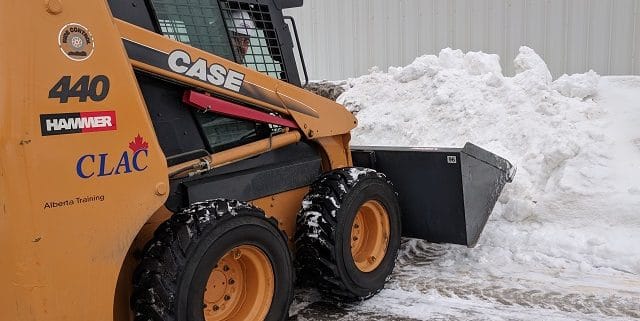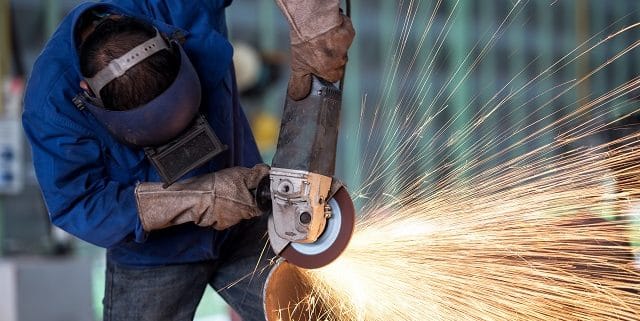Accident Ownership
When companies say they are striving for 100% incident free sites… Is that even possible? I know from my own experience on sites, the general consensus is that it’s impossible. Many people have an “accidents just happened” attitude. But that’s just not true. Accidents happen for a reason. We need to start taking ownership of why they happen to prevent them in the future. They happen because of a whole slew of factors being overlooked.
Things like fatigue, complacency, wandering mind, lack of training and straight-up carelessness is what causes 100% of accidents/incidents. When it comes down to it, human error is always the culprit. I know some of you are thinking that not all incidents are because of humans. What about when a machine goes haywire? Okay, is it not our responsibility to do pre-work inspections? To repair damaged equipment or tag it out? Yes it is. So therefore we should be catching anything that could be a hazard. Even “freak accidents” have ways to be minimized. What about someone getting hit by lighting on site? Why is that worker not taking shelter during a lighting storm? The chance of getting hit by lighting while inside a building is one and million. We could do this all day. At the very root of every accident or incident is a worker who wasn’t paying attention, or was exhausted or didn’t have training, or just didn’t give a damn.
Making a personal goal to strive for a 100% accident or incident free work site doesn’t make you a company boot-licker, it makes you in control of your future. If we all did that and dropped the “accidents just happened” attitude, we would all be guaranteed a safe work environment.










